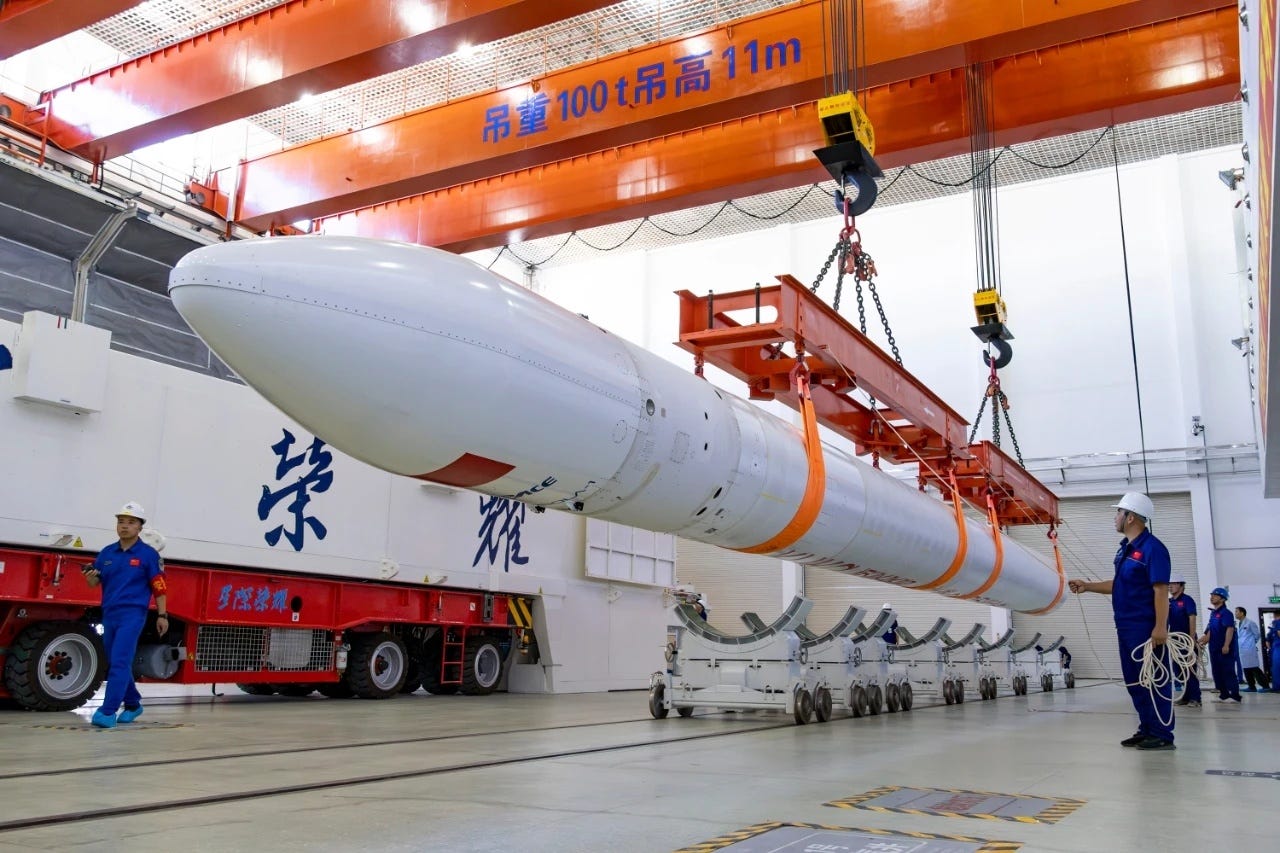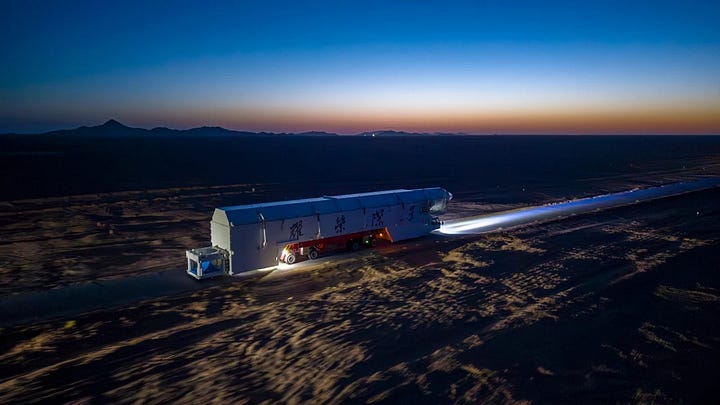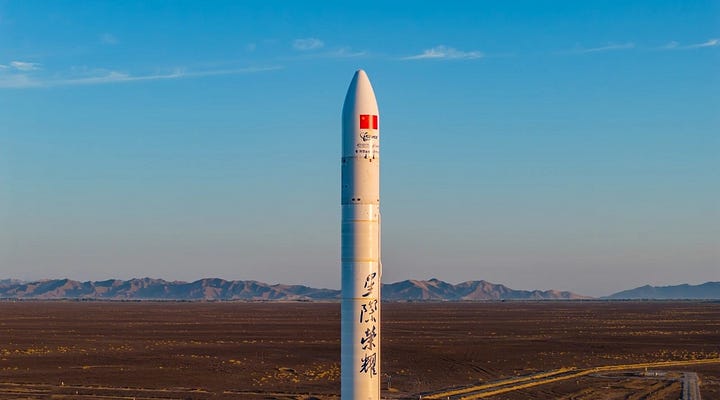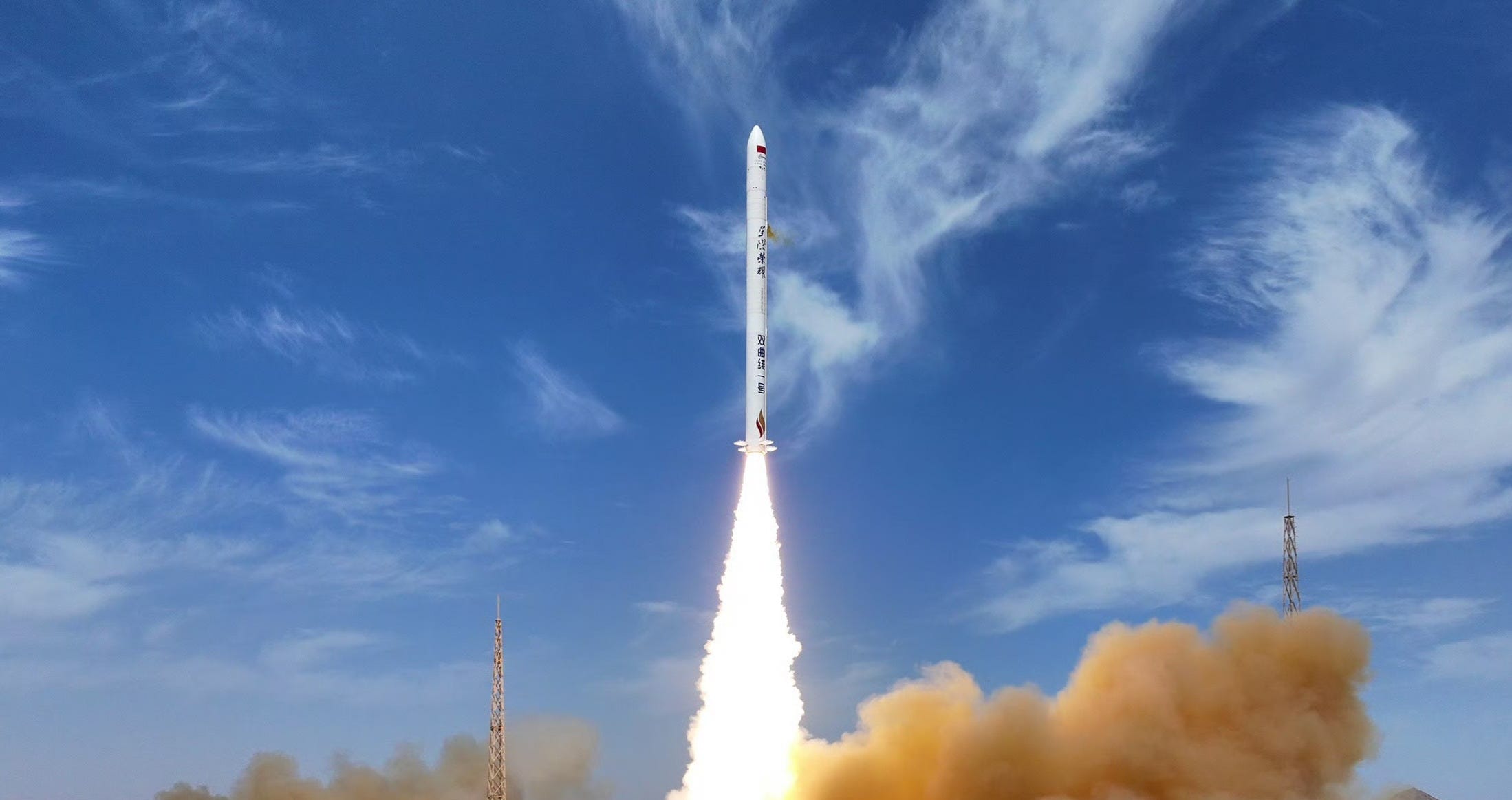iSpace Rockets to Orbit for Second Return-to-Flight Mission [Hyperbola-1 Y10]
The small solid rocket is back in action.
iSpace’s Hyperbola-1 rocket blasted off from Launch Area 95A at the Jiuquan Satellite Launch Center on July 29th, with liftoff at 12:11 pm China Standard Time (04:11 am Universal Coordinated Time) to head to sun-synchronous orbit. For the return-to-flight mission, a single satellite was onboard.
That sole payload is Enshi Selenium Capital Mountain Spring Satellite (恩施硒都山泉号卫星), a remote sensing spacecraft named after Enshi city (恩施), in Hubei province (湖北), and its mountain water spring, developed by Zhejiang Miaoyue Aerospace Application Technology Co Ltd (浙江妙月航天应用科技有限公司), with assistance from Geespace to accelerate production. On board the satellite is a compact computer to control various systems as well as an 8-band panchromatic1 multispectral imaging system.
The spacecraft is also the third in the Kunpeng Constellation (鲲鹏星座), out of twenty-eight planned to be deployed by the end of 2027. Uses for the spacecraft within the constellation include gathering data for natural resources monitoring, agricultural planning, and ocean resource management.

Following the launch, iSpace stated that today’s flight verified Hyperbola-1’s rapid response capability and ability to safely perform launch services. The company also added that the flight verified the reliability of design changes made to the vehicle since its previous mission, along with adjustments incorporated into upcoming flights.
Additionally, this mission was Hyperbola-1’s first in over a year, following a failure in July 2024. In October 2024, iSpace shared that they had fixed the cause of the failure, but did not explicitly disclose the issue experienced in flight. The company did however state that tests for separation, structural loading, dynamic loading, and mechanical stress tests with third and fourth-stage hardware were conducted. As such, the failure was probably due to abnormal fourth-stage separation from the third-stage.
But today’s flight was not Hyperbola-1’s first return-to-flight mission. In April 2023, the vehicle successfully flew into orbit for the second time after a string of three failures (in February 2021, August 2021, and May 2022) following the rocket’s successful debut in July 2019. That successful return-to-flight was followed by another successful mission in December 2023.
In upcoming flights, iSpace is hoping to provide low-cost, high-quality and efficient, and speedy customizable launch services.
Today’s mission was the eighth flight of iSpace’s Hyperbola-1 launch vehicle. This was also the 40th launch from China in 2025.
Liftoff video via 太空探索杂志, 北京蓝龙, and 航天五线谱 on Weibo. Recap shared by iSpace.
Check out the previous Hyperbola-1 launch
Tyranny of the solid rocket motors? [Hyperbola-1 Y8]
i-Space attempted to launch its seventh Hyperbola-1 launch vehicle to sun-synchronous orbit from Launch Area 95A at the Jiuquan Satellite Launch Center at 07:40 am China Standard Time on July 11th, or 23:40 pm Universal Coordinated Time on July …
What is Hyperbola-1?
This section is for those less familiar with China's commercial launch vehicles.
Hyperbola-1 was the first privately funded launch vehicle to reach orbit from China and was developed by iSpace. The vehicle utilizes a four-stage design and burns solid propellant in all of the stages to achieve orbit.
The payload capacity of the launch vehicle is currently as follows:
520 kilograms to low Earth orbit
300 kilograms to a 500-kilometer sun-synchronous orbit

All four stages burn an unspecified solid propellant, the first-stage generates 79 tons of thrust, the second-stage generates 61 tons of thrust, the third-stage generates 20 tons of thrust, and the fourth-stage generates 6 tons of thrust.
On the launch pad, Hyperbola-1 is 24 meters tall and weighs 42,000 kilograms when prepped for launch. All four of the stages and fairing have a diameter of 1.4 meters, four grid fins are also present at the base of the first-stage to guide the vehicle during flight in the thicker parts of the atmosphere. Additionally, the fourth-stage has a series of liquid propellant thrusters to control the vehicle’s attitude and roll through various phases of flight.
So far Hyperbola-1 has only flown from the Jiuquan Satellite Launch Center, in the west of the Inner Mongolia Autonomous Region and the north of Gansu province.


Please see this piece by European Space Imaging for more details on 8-band multispectral imaging.




![Tyranny of the solid rocket motors? [Hyperbola-1 Y8]](https://substackcdn.com/image/fetch/$s_!JfND!,w_1300,h_650,c_fill,f_auto,q_auto:good,fl_progressive:steep,g_auto/https%3A%2F%2Fsubstack-post-media.s3.amazonaws.com%2Fpublic%2Fimages%2F9b836d19-00cd-4af1-baa3-a5a5918516b1_1000x667.jpeg)